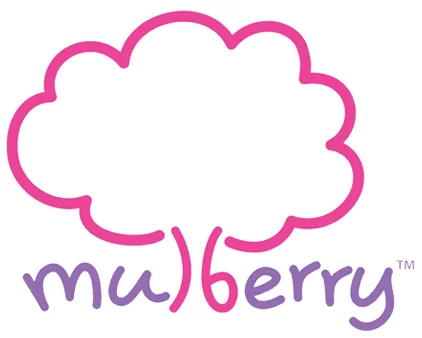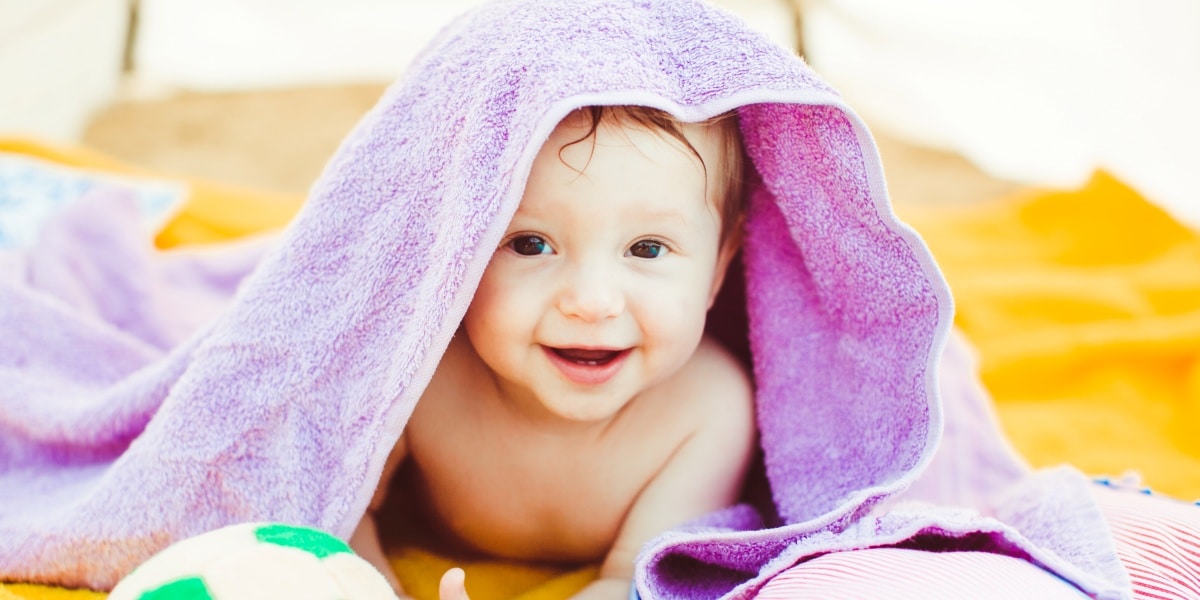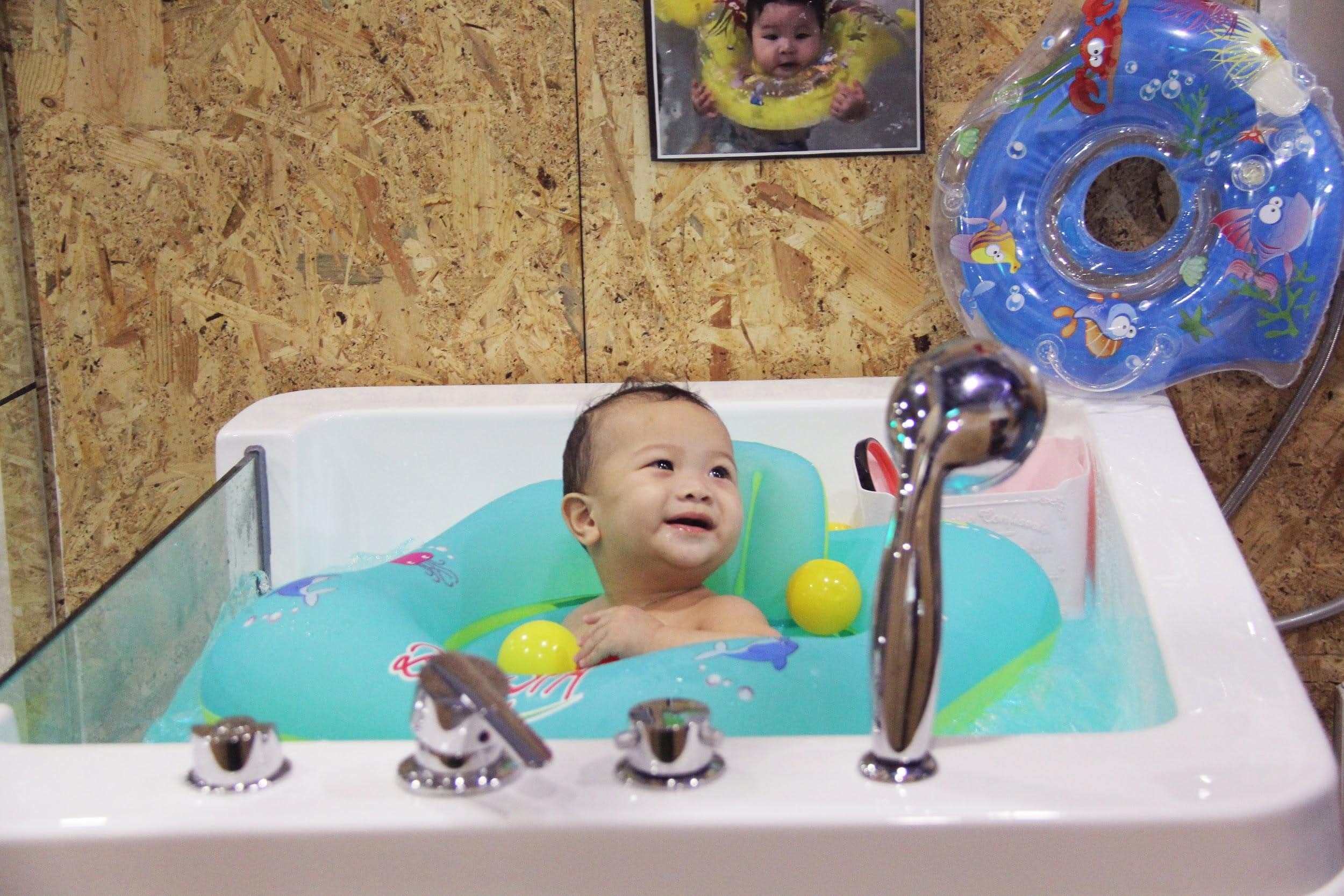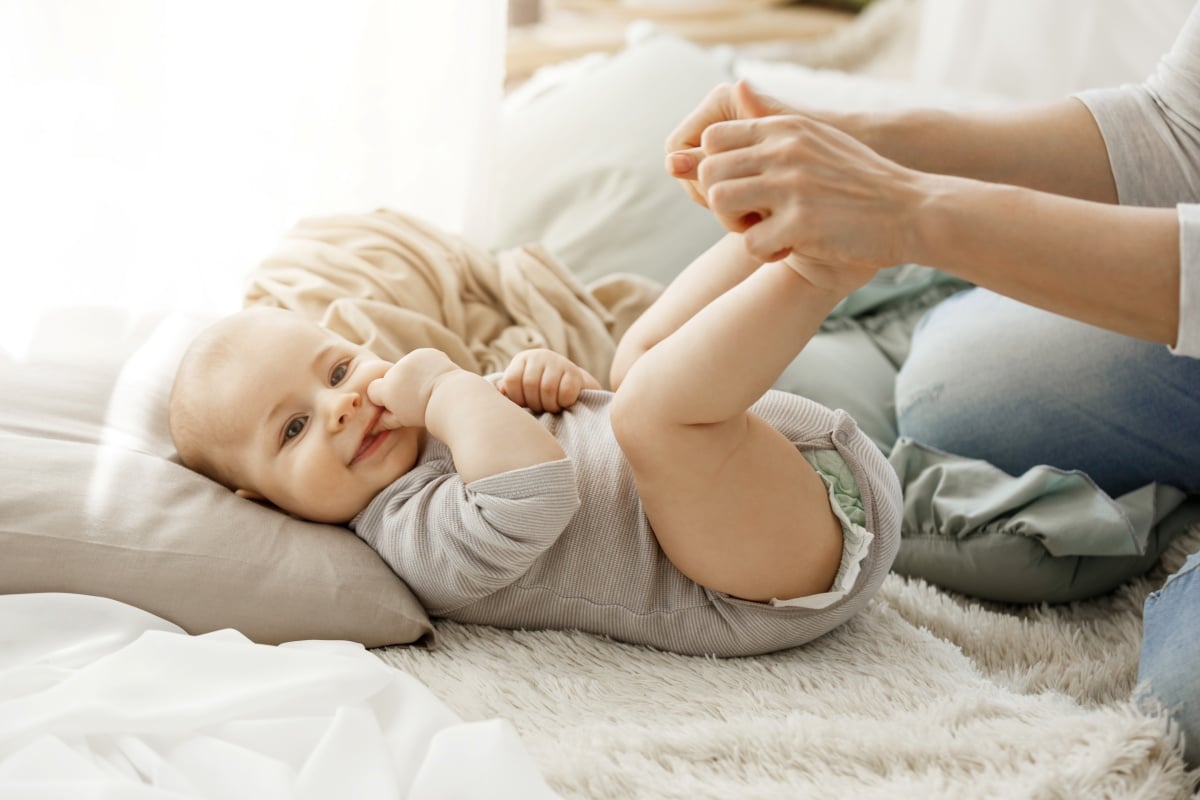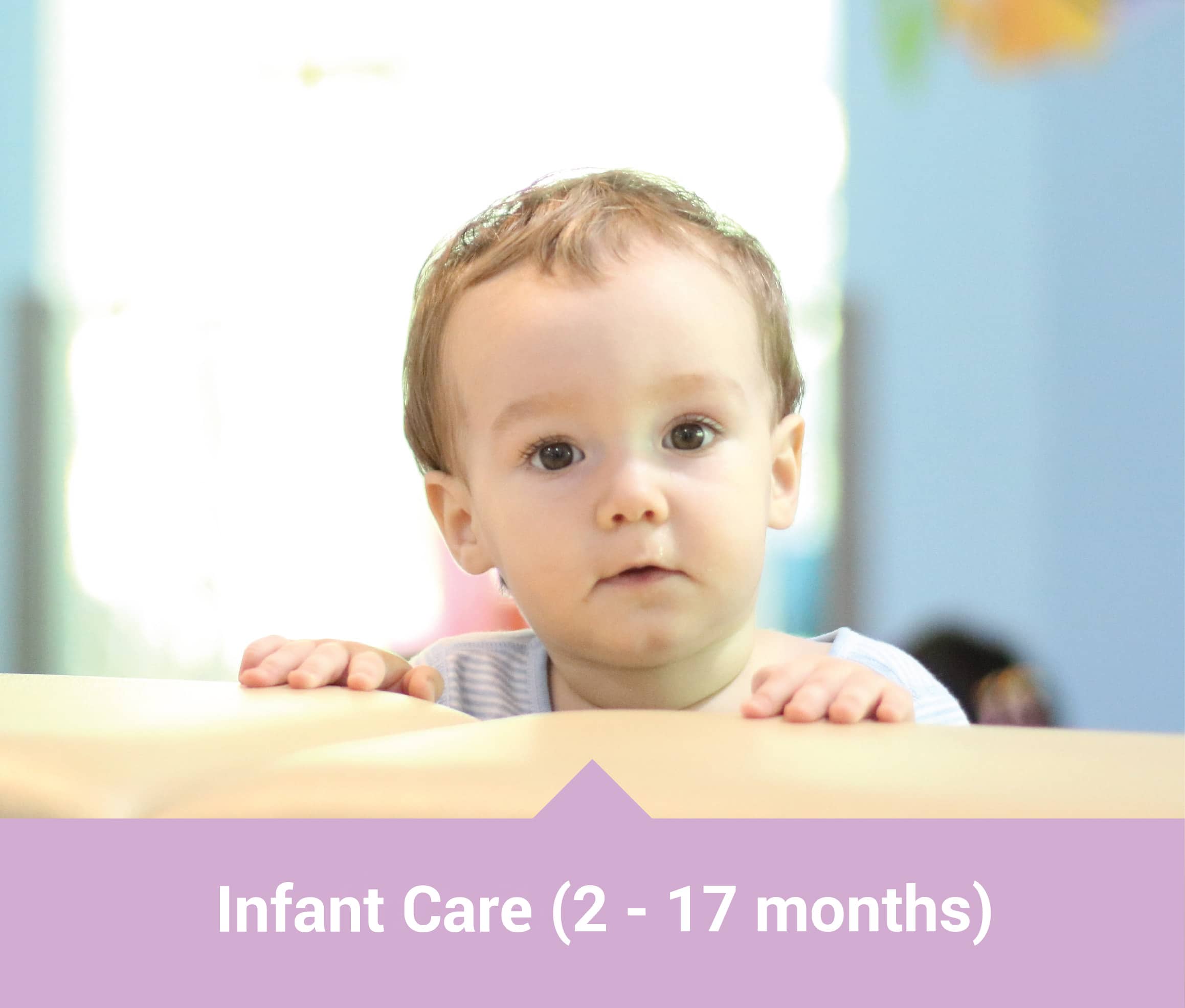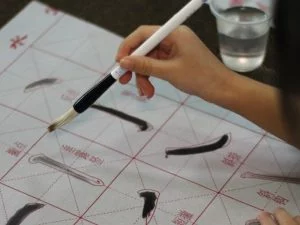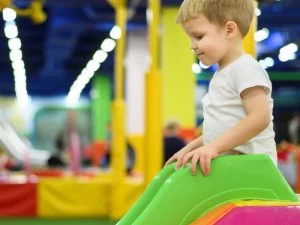
Playtime for little children is more than just something infants do for fun. At the early ages, play is all about learning. It is the way your little ones pick up essential developmental skills.
Wondering how to play and engage with your baby? Try out some of these fun and easy activities that stimulate your infant’s development and elicit some cute smiles and giggles! Much of your baby’s learning takes place spontaneously in their first year whenever you speak to them, read to them and interact with them on a daily basis. Having more ideas on what you can do to engage them productively is always good!
1. Tummy Time
Tummy time is one of the earliest forms of playtime for your infant. Paediatricians recommend that babies get plenty of tummy time while they are awake and alert enough to play. Besides helping to develop your baby’s neck and upper-body muscles, tummy time also helps to improve your tot’s head control and helps to keep the back of their heads from flattening.
As a start, you can place your baby on his or her belly for two to three sessions a day, for 3 to 5 minutes at a time or even lengthening it if your baby seems to enjoy tummy time! As your baby grows older and stronger, you can increase tummy time and even position toys in front to facilitate reaching, stretching, creeping, and eventually crawling!
2. A Bookworm in the Making
Reading is one of the best habits for a child to cultivate at a young age because it is both an enjoyable escape and a mellow mode of play. Even though your baby has yet to start speaking, did you notice how your tot tilt their heads or move their eyes when you speak to them? As early as three months old, babies begin to gain the ability to track object vertically and horizontally and that would be a great sign to start reading and introducing books to your infant.
Studies show that children who were regularly read to understand 24% more words than non-readers.
Babies will rely on their sense of hearing to listen to your dramatic narration of the stories, feeling excited by hearing new words and being fascinated by looking at vivid and colourful images in the books.
Read more about reading to infants and discover suitable books for your little ones.
3. Laugh and Let Loose
Can’t get enough of silly giggles from your little ones? Did you know that making your babies laugh helps to develop their sense of humour, which is a crucial feature of human communication?
Be it making silly faces, playing peek-a-boo, or just making a funny noise, pay attention to and repeat whatever your infant finds amusing. You could also use props like big hats, funny sunglasses, and even mirrors to get those laughing juices flowing during playtime!
4. Texture Experimentation
Your baby’s first experience with his or her surrounding environment takes place through the sense of touch. The sense of touch develops prenatally as early as 16 weeks and is crucial to a child’s development of physical abilities, language, cognitive skills, and even social-emotional competencies. From the positive, gentle touch from birth to breastfeeding or bottle-feeding with a caregiver, babies develop bonds and learn how to communicate their needs and wants.
Letting your child feel different textures from everyday objects such as rugs, sheets, pillowcases, bubble wraps, and even sticky tape. If you are outdoors, letting them feel a brick wall or the cool grass helps them to gain confidence when exploring the world around them. When your infants have started crawling, you could even lay various textures of rugs on the floor for your babies to discover as they scoot and crawl over them.
5. Water Play
Water Play doesn’t have to be limited to bath time! Splishing and splashing can take place in a small plastic tub that is filled with water with a variety of squirty toys, balls, kitchen ladles and plastic cups. Children can learn about how things float or sink, and how to transport water from one container to another during water playtime.
Infant spa massages with whirlpool jets, soothing lights, and bubbles can also help babies relax and prepare for their naptime or bedtime!
Just always remember that you can never leave babies unattended when they are near water!
6. Floating Catch
Catch it, it’s yours! Babies love gentle catch games and these games help to improve their hand-eye coordination. Instead of a typical game of catch with a hard ball, try using a balloon that floats in the air as these movements are usually slower so that your little one can catch the balloon.
Bubbles and colour scarves can work as well as infants track the movement of these objects up and down, and attempt to catch them!
7. Fun with Faces
Babies rely on their sense of touch to discover the world. Allow your child to use their hands to feel the different parts of your face and the faces of his or her stuffed animals. As they do so, talk to them about the different parts of the face and guide their hands to touch their own mouth, nose, ear, and other parts while naming it.
You can even teach them about how different emotions look like as you smile and say that you are happy, frown and say that you are sad. This helps children pick up important non-verbal cues and helps them to learn how to better communicate with you.
8. The Power of Pointing
Adults grow up learning that it is rude to point. Well, it is not quite the case for babies and infants or when you are playing with them! Pointing helps your little ones to make connections between what you say and what the item is. As you explore a new environment with your tiny tot during playtime, they are listening and observing as you speak. Pointing at what you are currently doing or looking at, even if it sounds like a monologue helps them to form connections between words and objects.
You can even try saying, “where’s papa?” and point to him. Soon after, you’ll be amazed at how your child can mimic how you are pointing and refer to papa the next time you ask, “where’s papa?”
9. Play with Boxes
Have you wondered why children are so intrigued by the boxes, ribbons, and wrapping paper whenever they receive a gift? They seem to be interested in all these even more than the gift itself! At this early age, babies can’t discern toys and to them, everything can be something to play with during playtime! Parents don’t have to fret about getting too many toys for them as you can make use of these materials instead. Toddlers will love the sound of the paper ripping as they pull it, they will also learn to stack boxes, knock them over, and rebuilding them with your help.
Infant and Toddler Programme @ Mulberry Learning
Mulberry Learning uses Experiential Learning as the main approach for infants and toddlers as it has been deemed by experts as one of the most fun, engaging, and effective methods to learn new concepts. At Mulberry Learning, children are encouraged to be mini-explorers, to express and communicate their reflections and experiences, while having lots of fun in the process!

